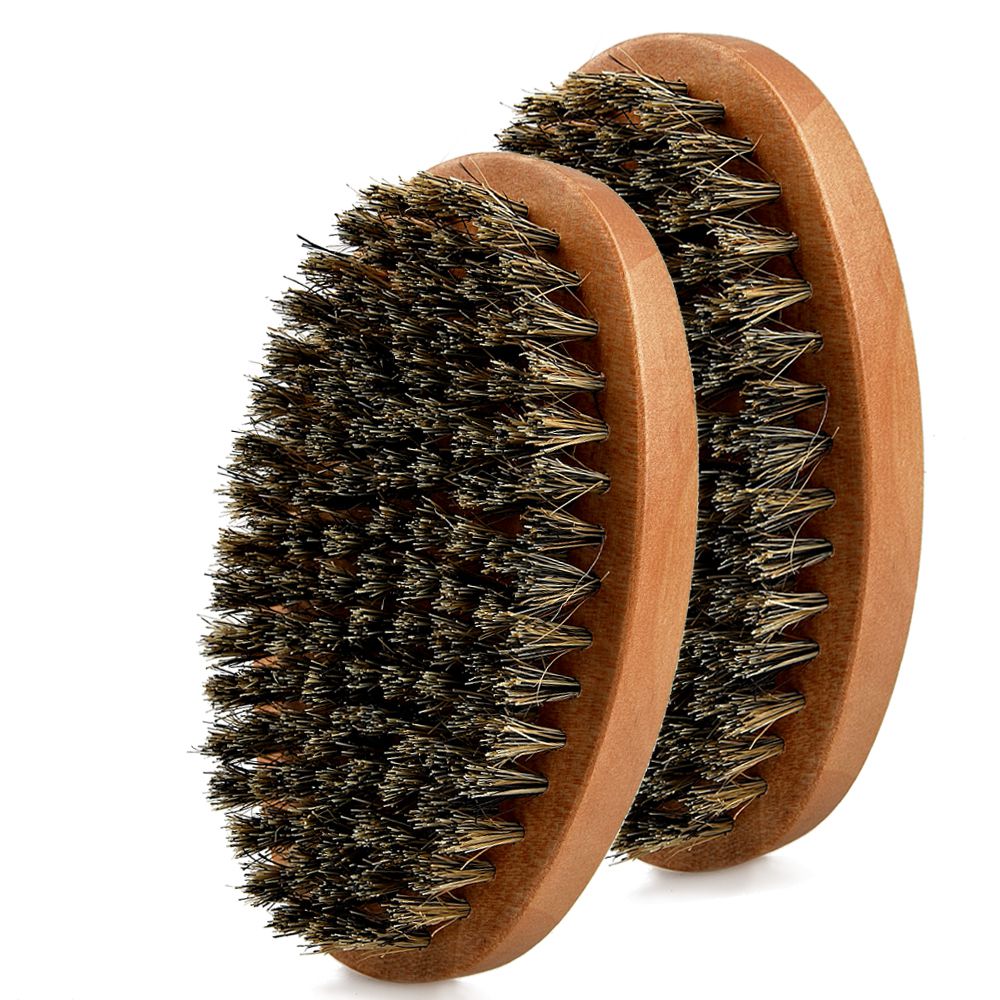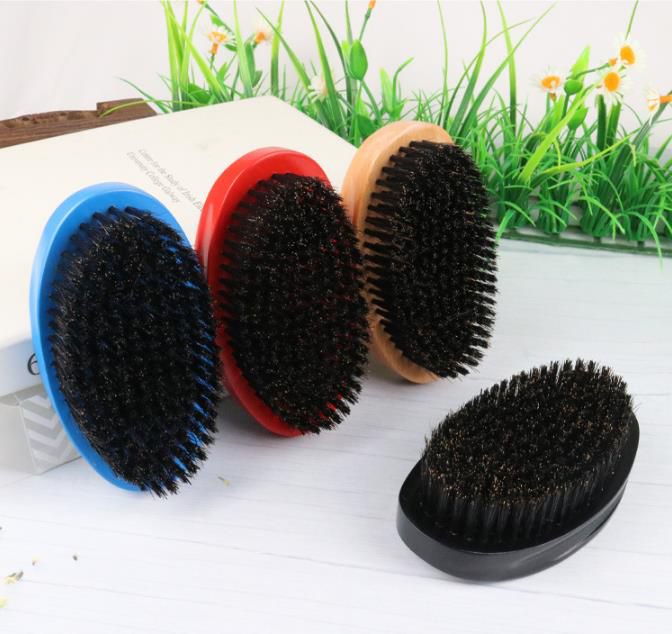Industry news
Market Analysis: Growth Prospects of the High - End Shaving Brush Segment
- 236 Views
- 2025-09-04 02:31:18
High-End Shaving Brushes: Market Growth Drivers and Future Prospects
The high-end shaving brush segment is experiencing a notable resurgence, driven by evolving consumer preferences and the revival of "slow shaving" culture. Defined by premium materials—such as badger hair, horsehair, and advanced synthetic bristles—and artisanal craftsmanship, these tools (typically priced above $50) are no longer mere grooming accessories but symbols of ritualistic self-care and luxury.

Growth Catalysts
1. Men’s Grooming Sophistication: Modern consumers increasingly view shaving as an experience rather than a chore. High-end brushes, with their ability to create rich lathers and reduce skin irritation, are positioned as investments in daily comfort, aligning with the global men’s grooming market’s 6.2% CAGR (2023-2028, Statista).
2. Sustainability and Natural Materials: Eco-conscious buyers prioritize brushes made from biodegradable bristles and recycled handles (e.g., bamboo, reclaimed wood). Brands like Simpson and Edwin Jagger have capitalized on this, reporting 15% YoY growth in sustainable line sales.

3. E-Commerce and DTC Penetration: Direct-to-consumer (DTC) brands and online marketplaces (Amazon, Etsy) have democratized access. Small-batch artisans now reach global audiences via social media, with Instagram-driven campaigns boosting niche brand visibility by 30% in 2022.
4. Nostalgia and Ritual: Younger demographics (18-35) are embracing traditional grooming tools, drawn to the "ritual" of wet shaving. This trend, fueled by YouTube tutorials and barbershop culture, has lifted复古-inspired brush sales by 22% since 2020.
Regional Dynamics
North America and Europe dominate, accounting for 65% of market share, thanks to established luxury grooming habits. However, Asia-Pacific is emerging as a high-growth region: China’s men’s grooming market, valued at $25.4B in 2023, now includes premium shaving tools, with cross-border sales up 40% via platforms like Tmall Global.
Key Trends Shaping the Market
- Synthetic Bristle Innovation: Lab-engineered bristles (e.g., Plisson’s "Vegan Badger") mimic natural hair’s water retention and softness, appealing to ethical consumers. This segment is projected to grow at 8% CAGR, outpacing natural bristles.
- Customization: Personalized engraving, handle material choices (e.g., resin, horn), and bristle density options are driving customer loyalty, with custom orders commanding 20-30% price premiums.
- Wellness Integration: Brands are linking brushes to self-care narratives, emphasizing stress relief through "mindful shaving." This has resonated post-pandemic, with 45% of buyers citing "relaxation" as a key purchase driver (GfK 2023).
Challenges and Opportunities
Challenges include ethical scrutiny of animal-derived bristles (prompting PETA-backed campaigns) and economic downturns affecting discretionary spending. Opportunities lie in emerging markets (Southeast Asia, Latin America) and tech integration—e.g., antimicrobial coatings or ergonomic designs for sensitive skin.
Future Outlook
The high-end shaving brush market is poised for steady growth, with a projected CAGR of 5.8% through 2028. Synthetic bristles and sustainable practices will be pivotal, while DTC and experiential marketing will remain key to engaging discerning consumers.











